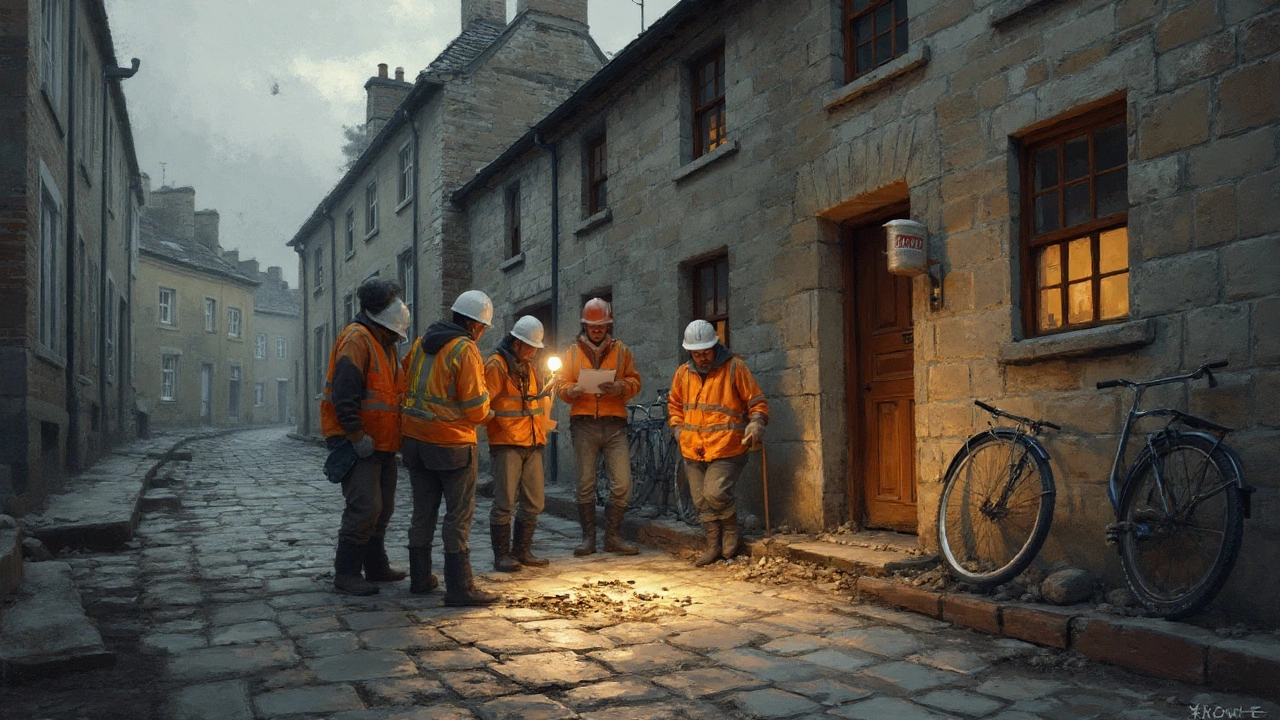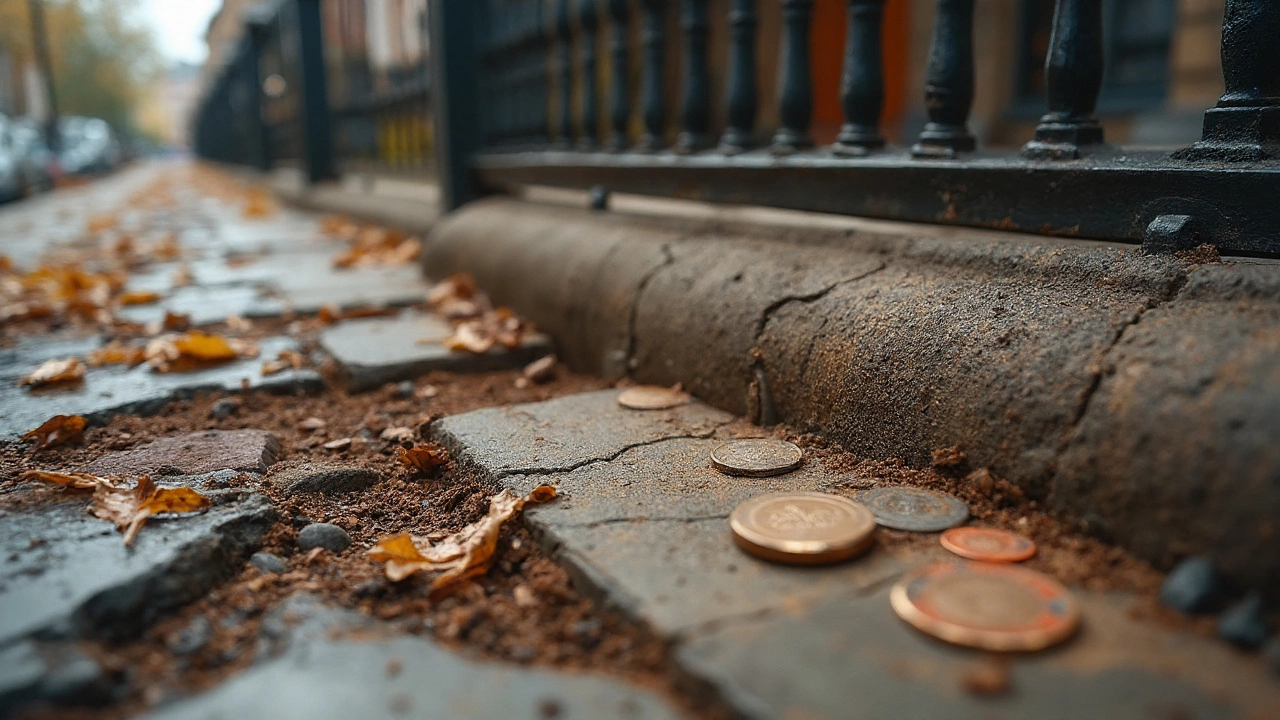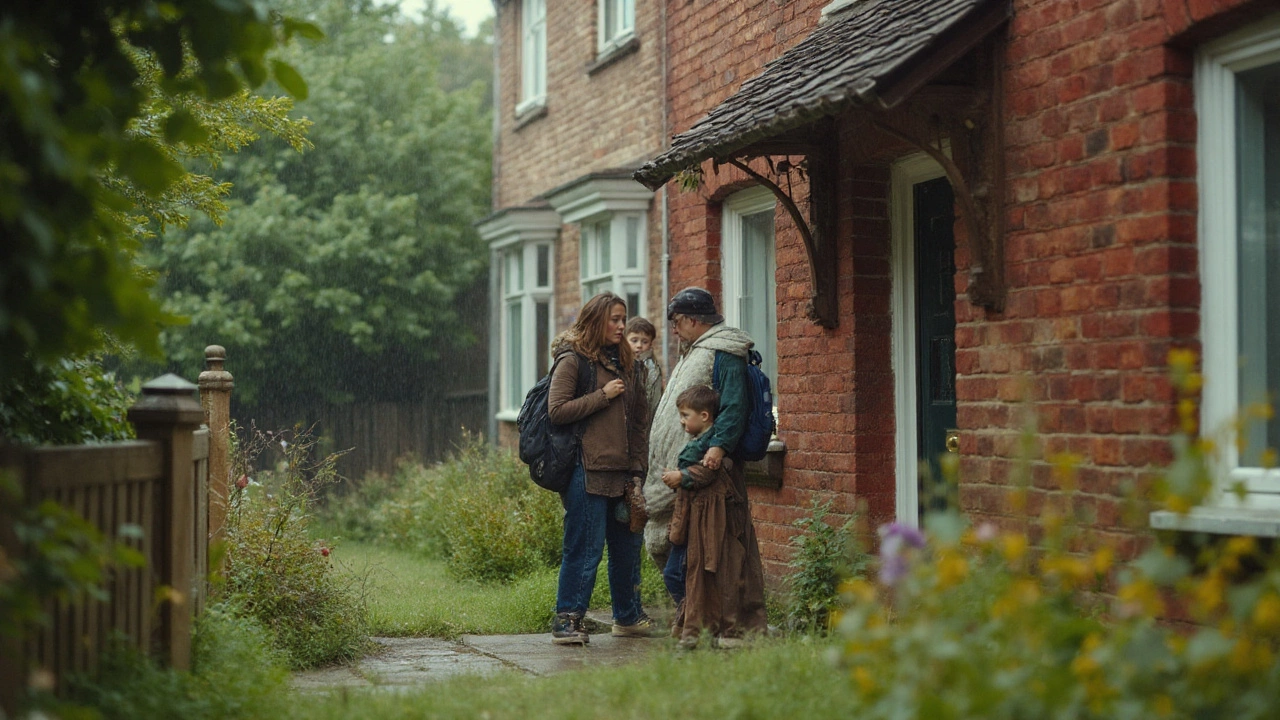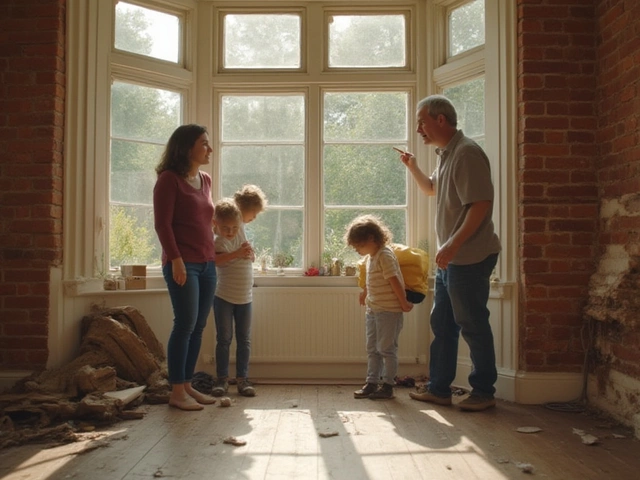Ever noticed a crack in your home’s foundation and felt a pit in your stomach? It’s natural. The tape measure comes out. You find yourself hunting for answers online, probably asking, “What size crack is acceptable in a foundation?” You wouldn’t believe how often homeowners stress over the tiniest fissures when, in reality, not every crack signals disaster. Let’s dig into the numbers, unique examples, real stories, and all the facts you need—so you know what’s harmless and what calls for a repair guy (or, worse, your insurance adjuster).
Understanding Foundation Cracks
Most houses settle a bit after construction, so a few cracks are almost guaranteed. But what do these cracks really mean? There’s a world of difference between a hairline crack and a jagged canyon. Hairline cracks (think thinner than a pencil lead—less than 1/16 inch) happen as concrete cures. That’s basically concrete doing what it does: shrinking, changing after it’s poured, and dealing with temperature swings. These are cosmetic and usually nothing to sweat over. Architects and contractors even expect them.
Then there are wider cracks or ones that keep growing. These are the “hey, pay attention to me!” types. Cracks wider than 1/4 inch (6mm) grab inspectors’ attention, while bigger gaps—anything wider than 1/2 inch (12mm)—can spell trouble. The reasons for cracks vary: shrinkage, soil movement, poor construction, tree roots, or even simple weather cycles. Clay-heavy soils make foundations shift more than sandy soils. Houses in the Midwest or areas with winter frost heaves? They’re famous for foundation drama.
Ever seen stair-step cracks zig-zagging through brick? That’s another sign, sometimes linked to differential settlement—where part of the foundation is sinking faster than another. Most codes say horizontal cracks in block foundations deserve way more scrutiny. These can signal pressure from the outside—like waterlogged soil. According to the American Concrete Institute, most hairline cracks under 1/16 inch (about the thickness of a credit card) aren’t structural. But, cracks wider than 1/4 inch, especially if you can fit a coin or your fingernail comfortably, are worth checking.
When is a Crack Just Cosmetic?
Let’s get practical. Is that tiny line in your basement just a harmless blemish? Most of the time, cracks less than 1/16 inch wide are cosmetic. Check for a few things:
- Does the crack go straight and taper at the ends?
- Is it staying the same size, or getting bigger over months?
- Can you see daylight, water, or bugs coming through?
If the defect is dormant—unchanged after a rainy season or a freeze—it’s probably just a result of curing. According to a National Association of Home Builders’ survey, 69% of new concrete foundations develop minor cracks in their first two years. These never amount to anything serious. The problem arises when cracks change year to year, run horizontally or in stair-steps, leak water, or show up alongside doors and windows that suddenly stop working right.
Here’s a good personal trick: stick a piece of tape or pencil mark at the ends of the crack and note the date. Watch if the length, width, or even the number of cracks change. Home inspectors use crack monitors (plastic gauges) to prove if movement is minimal. And here’s a wild fact: You can sometimes hear a house settling—a faint pop or a snap. Rare, but not impossible.

How Wide is Too Wide?
Crack width can tell the whole story. This table shows what the experts say about thresholds for worry:
| Crack Width | Common Cause | Description / Recommendation |
|---|---|---|
| < 1/16 inch (1.5mm) | Concrete curing/shrinkage | Usually cosmetic; monitor for changes. |
| 1/16 – 1/8 inch (1.5–3mm) | Normal minor movement | Still considered safe; watch for water leaks or expansion. |
| 1/8 – 1/4 inch (3–6mm) | More active settlement or initial shifting | Monitor closely; investigate if grows or leaks. |
| > 1/4 inch (6mm) | Significant movement, poor drainage, structural stress | Consult pro; further evaluation needed. |
| Horizontal or stair-step (any width) | Lateral pressure or significant settlement | Needs inspection ASAP. |
Horizontal cracks? Never ignore these. Even if they start small, in concrete block walls they point to outside pressure that can ultimately push the wall itself inward. That’s a big repair and can get expensive, sometimes in the $10,000+ range. Vertical cracks tend to be less urgent, but if you spot shifting or widening—again, red flag.
Random trivia: NASA engineers even measure foundation cracks in their launchpad concrete. They use laser measuring tools and epoxy fill on cracks larger than 1/32 inch, even if just out of caution.
Another tip: Beware of cracks near the corners of the house. If two cracks appear on adjacent walls meeting at a corner, it could indicate one part of the foundation dropped or heaved up.
Factors Affecting Foundation Crack Severity
The importance of a crack isn’t just its width or length. You have to look at context. Are there trees nearby sucking all the moisture from the soil, drying it until it shrinks? Is your gutter system dumping water near the foundation? Soil type is a big one: expansive clay can make a slab move like a trampoline after rains, while sandy soils stay pretty stable.
Building codes also matter. The American Concrete Institute (ACI 224R-01) says a width of 0.016 inches (about 1/64 inch) may be acceptable for “durability” exposure, but homeowners and contractors are less stressed about fine surface cracks. Also, modern foundations have reinforcing steel inside—which can keep a crack from splitting wide open, even if you see a line on the outside.
Seismic regions bring their own set of issues. Even tiny cracks can signal a problem after an earthquake. But most small cracks in stable areas, unless paired with sloped floors or jammed doors, aren’t the end of the world. Age matters, too: Old stone or brick foundations almost always have cracks. Vintage homes from the 1920s? Expect to find multiple. Sometimes the house is just “breathing.”
Don’t ignore the look of the crack. Long, continuous cracks are more worrisome than tiny, well-separated ones. If you see new cracks radiating out from an old one, the stress is still there. Moisture stains or mold at the crack? Now there’s a risk of rot—and that’s a whole other can of worms.

What Should You Do if You Find a Crack?
Caught yourself staring at a crack? Don’t panic. First, measure it—use a ruler or one of those crack width cards you can pick up at hardware stores. Snap a photo for your records. If you’re worried, place a piece of paper across the crack and tape it. Mark the date and check back monthly. If the paper tears or falls off, you’ve got movement.
Still unsure? Bring in an experienced inspector. Home inspectors cost anywhere from $300–$600, but they know the difference between “leave it alone” and “call a structural engineer.” Most insurance companies want evidence before they’ll cover foundation repairs, so documentation is your best friend.
For smaller, dormant cracks, seal them with a flexible concrete repair caulk or a specialized epoxy kit. That’ll keep bugs, water, and cold air out. Just don’t plaster over it and hope for the best—that trick only hides the problem. Homes with chronic leaking or settlement (think cracks reappearing after patching), uneven floors, or sticky doors need professional evaluation.
The bottom line: a tiny crack isn’t the end of your home’s world. Most of the time, it’s just part of the natural settling process. Keep tabs, and don’t be afraid to call in an expert if anything about the crack changes or just looks off. Better safe than stuck with a massive repair bill.
Spotting a foundation crack size that’s safe isn’t rocket science—but knowing which ones to ignore and which to fix can save you a fortune. Don’t let panic—or procrastination—cost you sleep or money.





